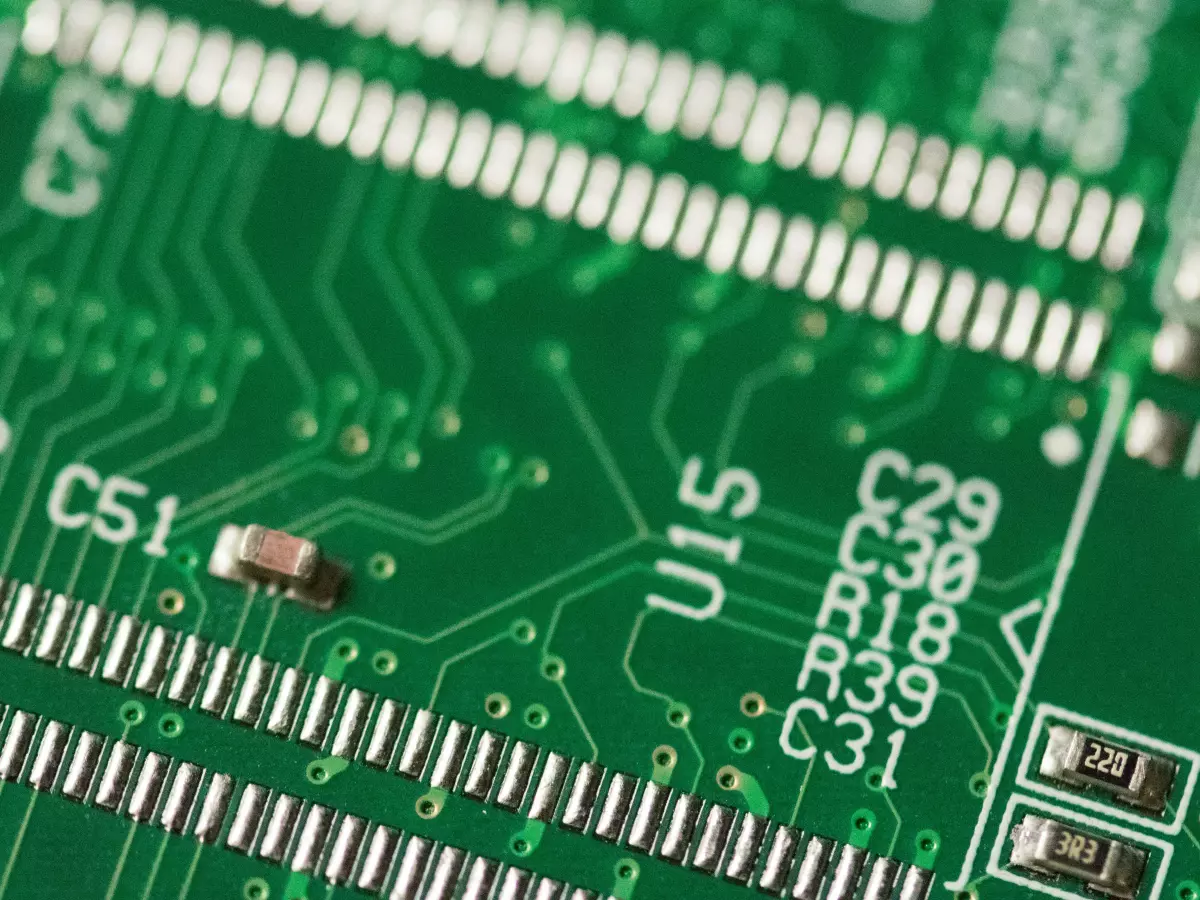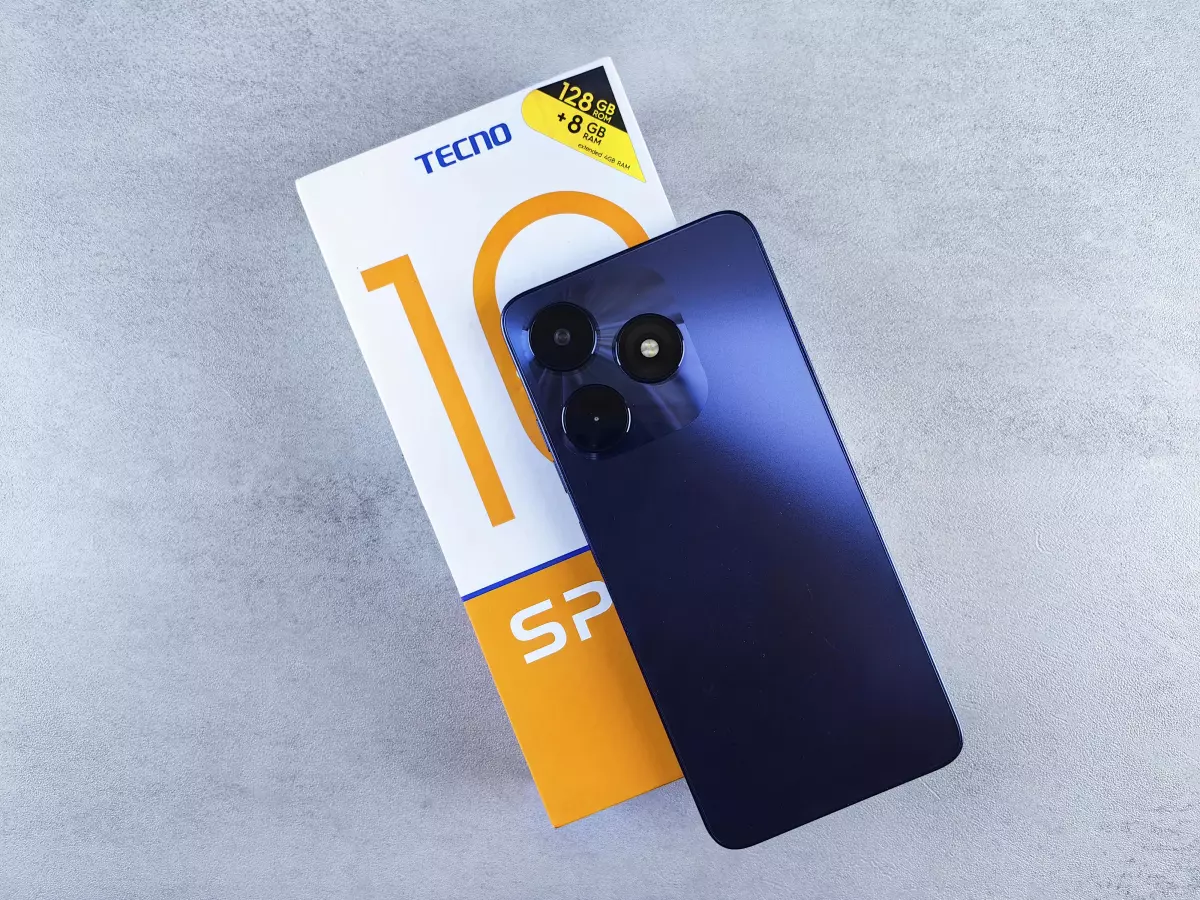Cool Materials
"Wait, you're telling me my phone has graphite in it? Like, the stuff in pencils?"

By Tomás Oliveira
Yes, that’s exactly what I’m telling you. But don't worry—your smartphone isn’t about to start scribbling notes on its own. Instead, that graphite, along with other materials like copper, vapor chambers, and even some exotic compounds, plays a crucial role in keeping your device cool. And no, it’s not just about preventing your phone from becoming a pocket-sized furnace. These materials are the unsung heroes of performance, battery life, and even your gaming experience.
Let’s rewind for a second. When we talk about smartphone cooling, most people think of fans, heat pipes, or maybe even liquid cooling systems. But what often flies under the radar is the actual *material* used in these systems. And trust me, the choice of material can make or break your phone’s performance.
"The right material can make all the difference."
That’s not just me talking; it's a sentiment echoed by none other than Steve Jobs, who once said, "Design is not just what it looks like and feels like. Design is how it works." When it comes to smartphones, how it works is heavily influenced by the materials used in its cooling system. The right material can mean the difference between a phone that runs smoothly and one that overheats and throttles performance.
So, what exactly are these materials, and why should you care? Let’s dive into the world of smartphone cooling materials and see how they impact your device in ways you probably never imagined.
Graphite: The Silent Performer
First up, we have graphite. This material is a superstar when it comes to thermal conductivity. It’s lightweight, flexible, and can spread heat across a large surface area. In fact, many high-end smartphones use multiple layers of graphite to dissipate heat from the processor, battery, and other components.
Why is this important? Because heat is the enemy of performance. When your phone gets too hot, it starts to throttle—meaning it slows down to prevent damage. Graphite helps spread that heat out, allowing your phone to maintain peak performance for longer periods. So, next time you’re in the middle of an intense gaming session and your phone isn’t turning into a hand warmer, you can thank graphite.
Copper: The Heavy Lifter
While graphite is great for spreading heat, copper is the go-to material for actually moving heat away from critical components. Copper heat pipes are often found in smartphones, especially in gaming phones or flagship models. These pipes transfer heat from the processor to other areas of the phone where it can be safely dissipated.
Think of copper as the heavy lifter in your phone’s cooling system. It’s not as lightweight or flexible as graphite, but it’s incredibly efficient at moving heat. This is why copper is often used in combination with other materials like graphite or vapor chambers to create a hybrid cooling system that keeps your phone running smoothly.
Vapor Chambers: The Next Level
If copper is the heavy lifter, vapor chambers are the tech-savvy cousin. These are essentially sealed chambers filled with a small amount of liquid. When your phone heats up, the liquid evaporates, carrying heat away from the processor. The vapor then condenses back into liquid form, and the cycle repeats.
Vapor chambers are becoming more common in high-end smartphones, especially those designed for gaming. They offer a more efficient way to manage heat compared to traditional heat pipes, and they take up less space, which is crucial in today’s ultra-slim devices.
Exotic Materials: The Future of Cooling?
While graphite, copper, and vapor chambers are the current stars of smartphone cooling, there’s a lot of buzz around exotic materials like graphene and phase-change materials. Graphene, for example, is a single layer of carbon atoms arranged in a hexagonal lattice. It’s incredibly strong, lightweight, and has even better thermal conductivity than graphite.
Phase-change materials, on the other hand, can absorb a large amount of heat as they change from solid to liquid. These materials are still in the experimental phase, but they hold a lot of promise for future smartphones, especially as devices become more powerful and generate more heat.
Why It All Matters
So, why should you care about the materials used in your smartphone’s cooling system? For starters, better cooling means better performance. If your phone can manage heat more effectively, it can run at higher speeds for longer periods without throttling. This is especially important for gamers, who need every bit of performance they can get.
But it’s not just about performance. Effective cooling also extends the life of your phone’s components, especially the battery. Heat is one of the main factors that degrade battery life over time, so a phone that stays cool will likely have a longer-lasting battery.
And let’s not forget about comfort. No one likes holding a phone that feels like it’s about to melt in their hands. The right cooling materials can make your phone more comfortable to use, even during heavy tasks like gaming or video editing.
Final Thoughts
At the end of the day, the materials used in your smartphone’s cooling system are just as important as the processor, RAM, or display. They’re the unsung heroes that keep your phone running smoothly, extend its lifespan, and make sure it doesn’t turn into a pocket-sized furnace. So, the next time you’re shopping for a new phone, don’t just look at the specs—take a moment to appreciate the cool materials working behind the scenes.





